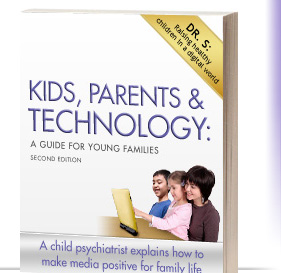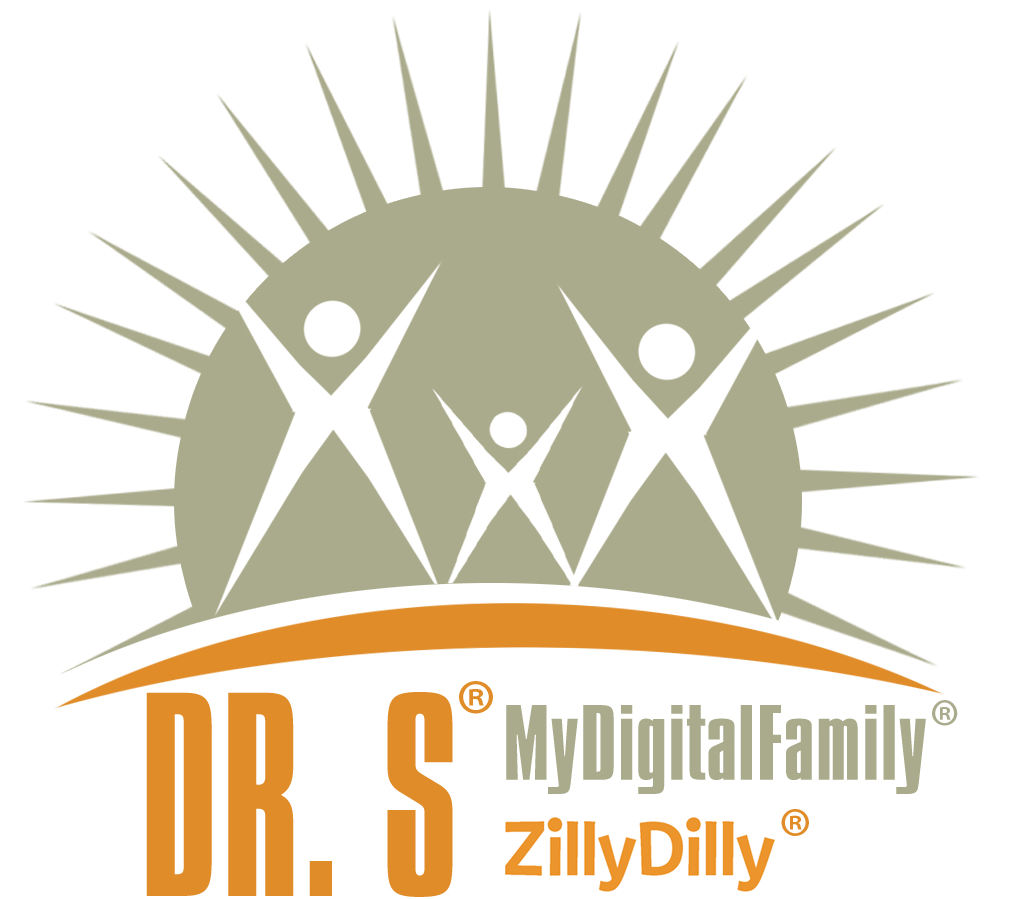American Psychiatric Association 162nd Annual Meeting
San Francisco, CA
May, 2009
DIGITAL MEDIA (INTERNET, VIDEOGAMES, SOCIAL NETWORKS, CELL PHONES, MUSIC PLAYERS…): BENEFITS IN THE PSYCHOTHERAPY AND FAMILY LIVES OF YOUTH
Eitan D. Schwarz, M.D., D.L.F.A.P.A., F.A.A.C.A.P.
EDUCATIONAL OBJECTIVES:
At the conclusion of this presentation, the participant should be able to utilize interactive media in therapy with children and adolescents and offer parents guidance about their beneficial use in the home.
SUMMARY:
Objective: Although digital media (DM) have penetrated deeply into children’s play and family lives and are clearly here to stay, their potential benefits for mental health have received scant systematic attention. Play with children has been a potent diagnostic and therapy tool since the early days of child psychiatry. This report describes (a) DM ‘play’ in office practice (DMP), and (b) a development-based goal-directed structured method for parents to promote healthy DM home uses. Method: (a) During an 18 month period, 28 non-psychotic patients ages 5-20 had DMP at some point in their care. Connecting their music players to a quality stereo music system enabled comfortable shared access to the patient’s personal music collection. An extra monitor and keyboard, connected to the online office computer, brought the Internet, games, e-mail, and social network sites into therapeutic interactions. (b) Parents were offered guidelines from infancy through adolescence for DM home use when indicated. Results: There have been no adverse effects. (a) DMP enabled observations of cognitive, sensorimotor, and social functioning; rich interactive therapeutic opportunities, including enhanced cooperation and self-disclosures; treatments of specific DM-related problems; and other opportunities not as easily accessible by other means. While welcoming DMP, patients sometimes preferred traditional methods. College students utilized e-mail for clinical communications. Parents accepted DMP within overall clinical plans. (b) Guidelines for DM home use were well received by parents. Conclusions: DM can benefit the mental health of youth and their families, but studies and standards are needed. (a) DMP complements traditional methods and appears effective, well accepted, and safe, but should be used cautiously and only for specific therapeutic aims and with parental approval. (b) Age-specific structured guidelines can help parents manage DM to benefit youth and family life.
REFERENCES:
1) Singer DG, Singer JL: Handbook of Children and the Media. Thousand Oaks, Sage Publications, 2001.
2) Axline VM: Play Therapy. New York, Ballantine Books, 1969.



